As our loved ones age, ensuring their safety at home becomes a paramount concern. One of the most significant risks that seniors face is falling. Falls can lead to severe injuries, diminished independence, and a lower quality of life. Fortunately, there are several proactive measures that caregivers and family members can take to reduce the risk of falls. This comprehensive guide provides top tips for preventing falls in seniors within the home environment.
Understanding the Risks
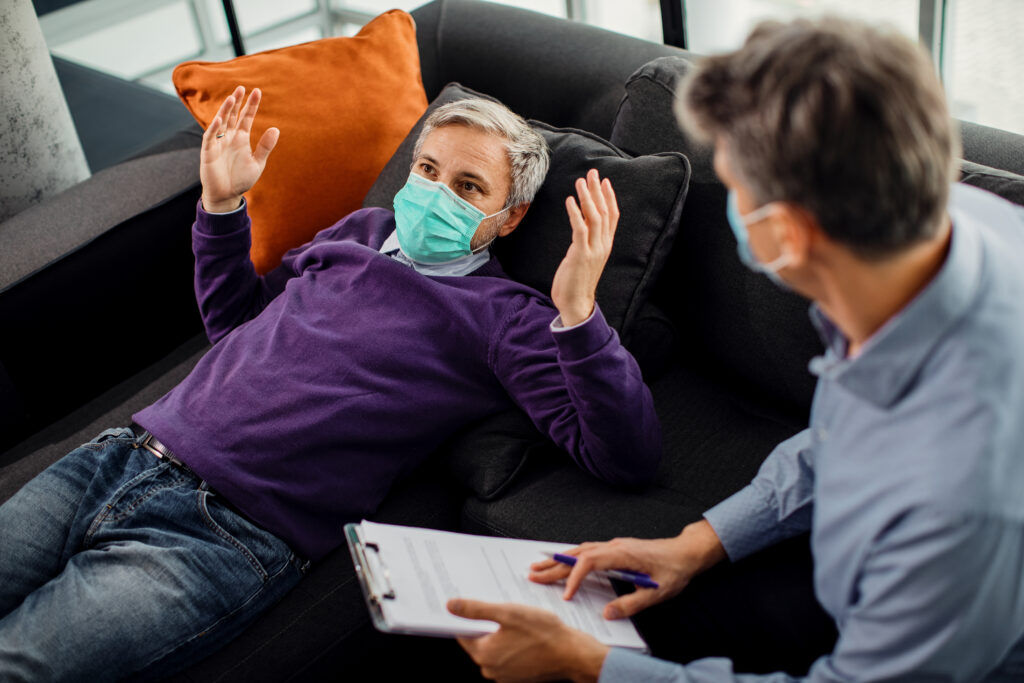
Image by Drazen Zigic on Freepik
Before delving into preventive measures, it’s essential to understand why seniors are more prone to falls. Several factors contribute to this increased risk:
Declining Physical Abilities: Muscle weakness, balance issues, and decreased flexibility can make it challenging for seniors to move around safely.
Chronic Health Conditions: Conditions such as arthritis, diabetes, heart disease, and Parkinson’s disease can affect mobility and stability.
Medications: Certain medications, especially those that affect the central nervous system, can cause dizziness or drowsiness.
Vision Problems: Age-related vision changes, such as cataracts or macular degeneration, can impair a senior’s ability to see hazards.
Environmental Hazards: Cluttered living spaces, poor lighting, and slippery floors increase the likelihood of falls.
Home Safety Assessments
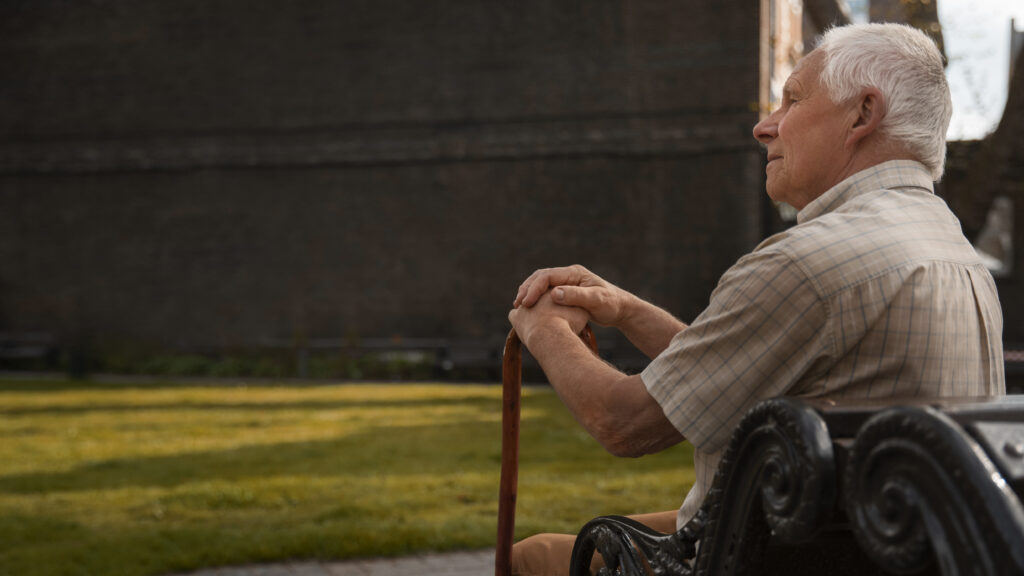
Conducting a thorough home safety assessment is the first step in fall prevention. This involves identifying and mitigating potential hazards in the home. Here’s how to perform an effective assessment:
Lighting: Ensure that all areas of the home, especially staircases, hallways, and bathrooms, are well-lit. Use night lights in bedrooms and bathrooms to help seniors navigate in the dark.
Clutter: Remove unnecessary items from floors, pathways, and stairs. Keep living areas tidy and free from tripping hazards.
Flooring: Secure loose rugs with non-slip backing, and consider removing or replacing them if they pose a risk. Ensure that carpets are well-fitted and not bunched up.
Handrails and Grab Bars: Install sturdy handrails on both sides of staircases and grab bars in bathrooms, near toilets, and inside showers.
Furniture Arrangement: Arrange furniture to create clear, unobstructed pathways. Avoid low-lying coffee tables or footstools that could cause tripping.
Non-Slip Mats: Place non-slip mats in the bathroom, especially in the bathtub or shower, and in the kitchen where floors may become wet.
Strength and Balance Exercises
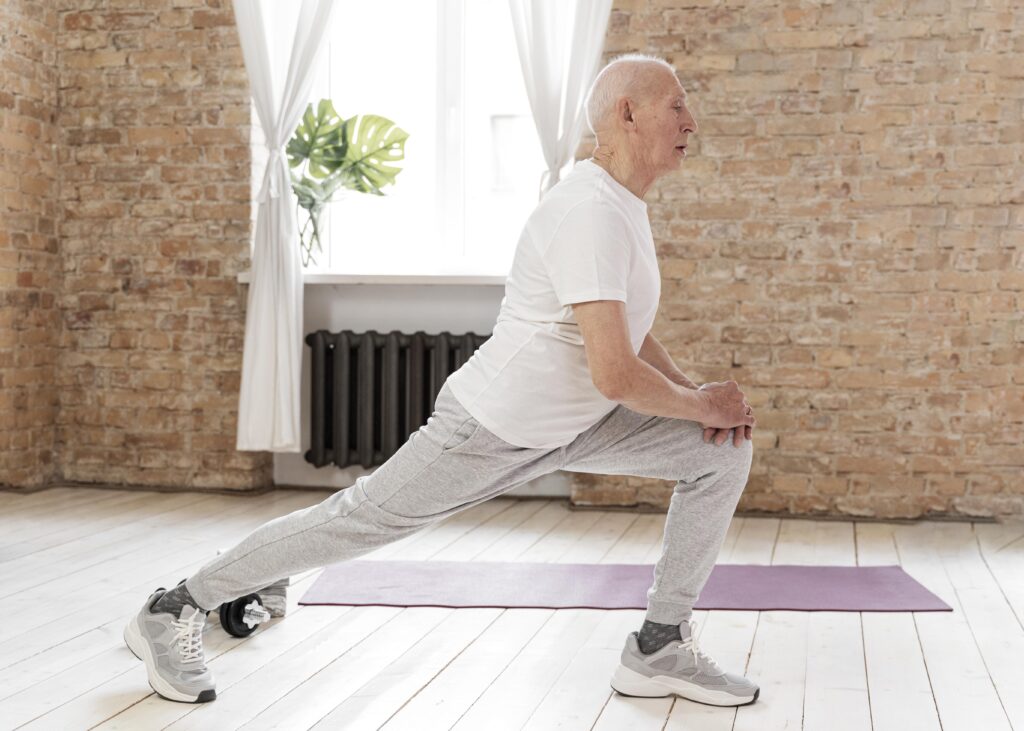
Encouraging seniors to engage in regular physical activity can significantly reduce the risk of falls by improving strength, balance, and coordination. Here are some recommended exercises:
Leg Strengthening: Simple exercises such as leg lifts, squats, and step-ups can help build muscle strength.
Balance Training: Activities like Tai Chi, yoga, and balance exercises can enhance stability and coordination.
Flexibility Exercises: Stretching exercises help maintain flexibility, which is crucial for balance and movement.
It’s advisable to consult with a healthcare provider or a physical therapist to develop a safe and effective exercise program tailored to the senior’s abilities and health conditions.
Medication Management

Image by Racool_studio on Freepik
Medications can have side effects that increase the risk of falls, such as dizziness, drowsiness, or blurred vision. Proper medication management is essential:
Review Medications: Regularly review all medications with a healthcare provider, including over-the-counter drugs and supplements.
Follow Prescriptions: Ensure that medications are taken exactly as prescribed. Misuse or overuse can exacerbate side effects.
Monitor Side Effects: Be vigilant for any side effects that could impair balance or cognition, and report them to a healthcare provider immediately.
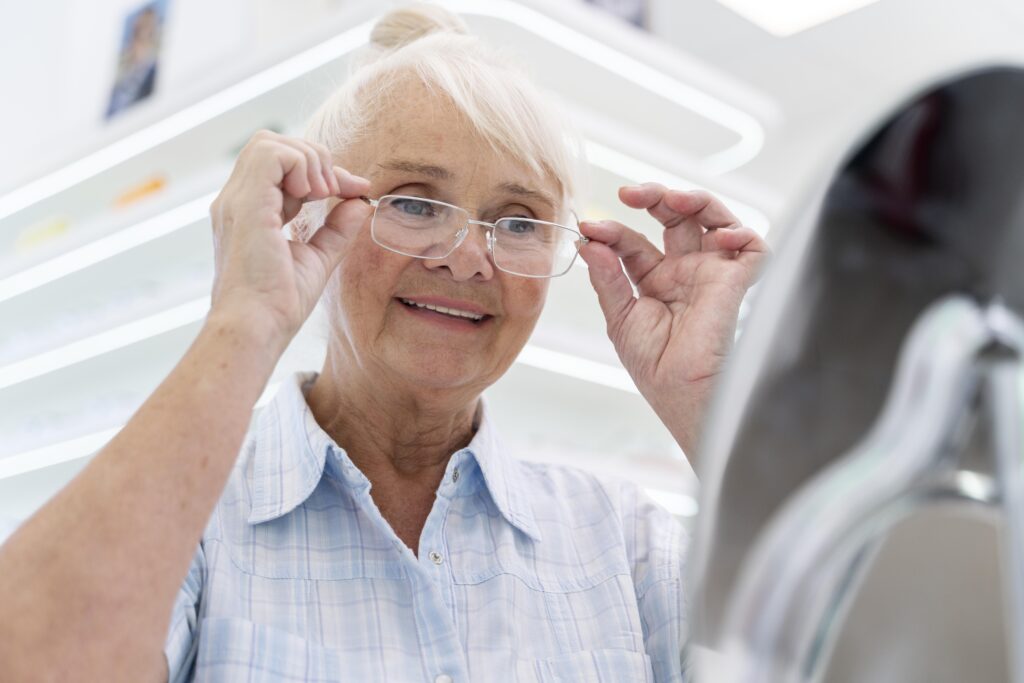
Vision Care
Maintaining good vision is critical for fall prevention. Regular eye exams can help detect and correct vision problems:
Regular Check-Ups: Seniors should have their eyes checked at least once a year. Update prescriptions for glasses or contact lenses as needed.
Corrective Lenses: Ensure that seniors are using the correct prescription lenses and that they are clean and well-maintained.
Adequate Lighting: Use appropriate lighting throughout the home, and consider task lighting for activities like reading or cooking.
Footwear and Mobility Aids
Proper footwear and the use of mobility aids can greatly reduce the risk of falls:
Supportive Shoes: Encourage seniors to wear well-fitting, non-slip shoes with good support. Avoid high heels, slippers without backs, or shoes with slick soles.
Mobility Aids: Use canes, walkers, or other mobility aids as prescribed by a healthcare provider. Ensure that these devices are in good condition and properly adjusted for the user’s height and weight.
Bathroom Safety
The bathroom is a common area for falls due to its slippery surfaces. Implementing safety measures can significantly reduce this risk:
Grab Bars and Handrails: Install grab bars near the toilet and inside the shower or bathtub.
Shower Chairs and Benches: Use a shower chair or bench to allow seniors to sit while bathing.
Hand-Held Shower Heads: Install a hand-held shower head to make bathing easier and safer.
Non-Slip Mats and Strips: Place non-slip mats in the bathtub and on the bathroom floor to prevent slipping.
Kitchen Safety
The kitchen can also pose various fall hazards. Here are some tips to enhance safety:
Keep Floors Dry: Clean up spills immediately to prevent slipping.
Accessible Storage: Arrange frequently used items in easily reachable cabinets and shelves to avoid the need for step stools or reaching too high.
Proper Lighting: Ensure that the kitchen is well-lit, particularly in work areas.
Outdoor Safety
Falls can occur outside the home as well. Pay attention to outdoor areas to ensure safety:
Clear Pathways: Keep walkways, driveways, and steps clear of debris, leaves, and snow.
Non-Slip Surfaces: Use non-slip coatings or mats on steps and walkways.
Adequate Lighting: Ensure that outdoor areas, including entryways and pathways, are well-lit at night.
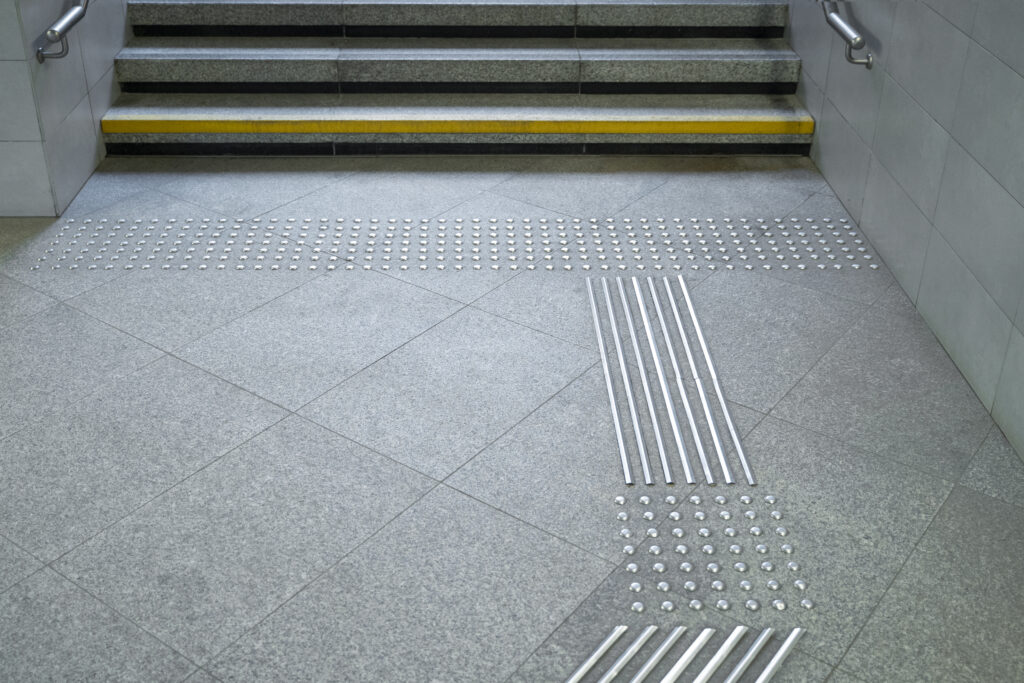
Emergency Preparedness
Despite all precautions, falls may still occur. Being prepared for emergencies can help minimize the impact of a fall:
Emergency Contact Information: Keep a list of emergency contacts near the phone and programmed into the senior’s phone.
Medical Alert Systems: Consider using a medical alert system that allows the senior to call for help with the push of a button.
Regular Check-Ins: Establish a routine for regular check-ins, whether through daily phone calls or visits.
Education and Awareness
Education and awareness are crucial components of fall prevention. Seniors, caregivers, and family members should be informed about the risks and preventive measures:
Fall Prevention Programs: Participate in local fall prevention programs or workshops offered by community centers, hospitals, or senior organizations.
Online Resources: Utilize online resources and educational materials to stay informed about best practices in fall prevention.
Communication: Maintain open communication between seniors, caregivers, and healthcare providers to address any concerns or changes in health status promptly
Conclusion
Preventing falls in seniors requires a multifaceted approach that encompasses home safety modifications, physical activity, proper healthcare management, and ongoing education. By taking these proactive steps, caregivers and family members can create a safer living environment that promotes independence and enhances the quality of life for their senior loved ones. Remember, fall prevention is not a one-time task but an ongoing process that adapts to the changing needs of the senior.